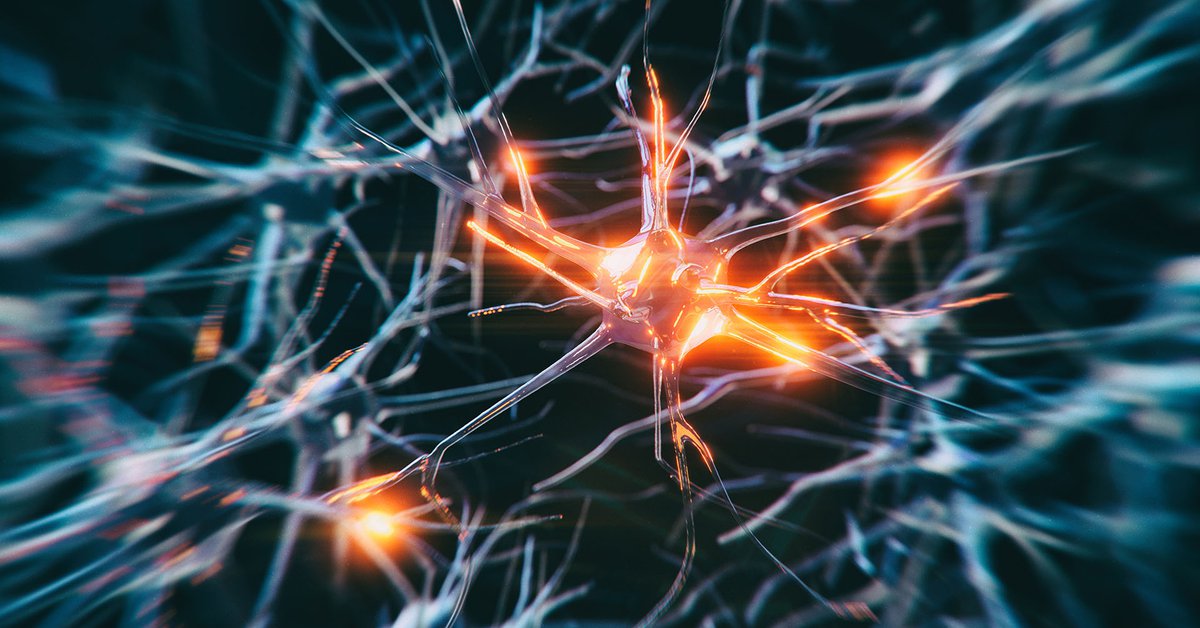What are the “grandmother’s neurons” that amaze scientists

What happens in your brain when you get to know the one you love? In the 1960s, some neuroscientists thought so A single brain cell called a “grandmother’s neuron” lights up as soon as you see your grandmother’s face. Almost immediately, neuroscientists began to dismiss the theory: they argued that no single neuron could correspond to an idea or a person.
More than 50 years later, new research in monkeys shows that “grandmother’s neurons” may be there, after all. In a study published a few days ago in the journal ScienceThe researchers found A small area of the monkey’s brain responds only to familiar faces. Up to three times more brain cells in this region respond to familiar faces than to unfamiliar ones. The study follows research showing that certain parts of the human brain respond to certain categories, including an area dedicated primarily to faces.
One study even found that individual neurons in different parts of the brain only respond to it Celebrities and landmarks specific. But few studies have found which part of the brain specifically reacts to personally familiar faces.. Although the new research did not identify individual cells dedicated to a single person, the brain cells the researchers found share some crucial traits with the putative “grandmother’s neuron.”
:quality(85)/cloudfront-us-east-1.images.arcpublishing.com/infobae/RYXFTOHQSRHDBNE6RZL4TR43LE.jpg 420w)
“In a sense, you could say they’re grandmother’s neurons,” explains Weinrich Freiwald, professor of neuroscience and behavior at Rockefeller University in New York City, who led the new research. “They have this unique combination of vision and memoryThe researchers examined the temporal pole, an unknown area near the lower part of the brain that Freiwald and the study’s lead author, Sophia Landi, a postdoctoral fellow at the University of Washington in Seattle, identified as one of two familiar regions that might be involved. Facial recognition in a 2017 study published in the journal Science. (Previous research was completed while Landy was a doctoral student in Freiwald’s lab.)
For the new study, the researchers used Functional magnetic resonance imaging to scan the brains of two rhesus monkeys while looking at pictures of monkeys and human faces Mixed with other photos. The brain scans served as a guide for the researchers to place electrodes in two areas of the monkey’s brain: one in the temporal pole and one in another area of the brain that responds to faces in general, but previous research has indicated they will. It does not necessarily distinguish between relatives and strangers.
These electrodes allowed the researchers to monitor the activity of individual brain cells in the two regions. Brain cells in both regions lit up when the monkeys were shown pictures of monkeys and human faces. But only the temporary polar cells distinguished between those personally familiar and those unknown.: When the monkeys viewed pictures of their friends and relatives, those temporary polar cells glowed three times more than when shown pictures of unknown monkeys. These neurons barely responded to other faces, including unfamiliar and familiar human faces, as well as unfamiliar monkey faces.
:quality(85)/cloudfront-us-east-1.images.arcpublishing.com/infobae/KZKSAF75SFGCZLC2S5OULA6D64.jpg 420w)
This finding goes against the prevailing wisdom in neuroscience. Scientists generally believe that different areas of the brain must communicate with each other to process information. But this research suggests it’s “a region, this region, and it exists for this one purpose: getting to know the people we know,” Freiwald says. “This is incredible.”
The researchers also darkened the images of the face to varying degrees to see how the brain’s responses might vary. In the general realm of face processing, gradually more cells responded to the images as it became increasingly clear that they were faces, but the response of the temporal polar cells was different. They responded slightly to very blurry images, but once clarity reached a certain threshold, many neurons responded at once to familiar faces. Researchers believe that this effect corresponds to the moment of recognition of a familiar face, for example, of your grandmother.
When the scientists measured how quickly the cells responded, they were surprised that there wasn’t much difference between the two regions. The general facial processing region, which appears to only interact if the image is a face, responded to faces at approximately the same time that cells in the temporal pole region responded only to familiar faces. This was “extremely surprising,” Freiwald said, because the assumption was that grandmother’s neurons would take longer, since a person would first have to identify the image as a face and then associate it with the person’s long-term memory. Person.
:quality(85)/cloudfront-us-east-1.images.arcpublishing.com/infobae/AYDB3F5QOVCOLBWTYJY6QW54A4.jpg 420w)
The new research, while innovative in many ways, has limitations. It was performed on monkeys, not humans, and only on two people. However, Freiwald points out that rhesus monkeys, as highly social primates, are the best animal models to use in a study like this, and are thought to have facial recognition processing very similar to humans. The researchers also don’t know how exactly facial information is sent to this region of the time pole. The temporal pole does not directly process vision or store long-term memory, and because there are no known pathways between the temporal pole and these other parts of the brain, the path information might take to get there remains unknown.
The expert said that the information could eventually help people who could not recognize others. For example, people with dementia who are born with prosopagnosia, or “prosopagnosia,” sometimes cannot recognize close friends or even family members, which they imagine is “overwhelming.” Freiwald concluded that getting to know a person is not a purely visual experience, nor even a sensory experience. “There’s also an almost emotional feature, like, ‘Hey, I know this guy,'” he said. “That’s, we think, for this area, but there has to be a lot of involvement in it.”
Read on:




